Ho Chi Minh City Mr. Long, 73 years old, had laparoscopic surgery to place artificial mesh into the abdominal wall to treat inguinal hernia, helping to reduce pain and recover after a few days.
Mr. Long had laparoscopic surgery for his left inguinal hernia in early July. The surgery lasted 70 minutes, after a day the wound dried, his health stabilized and he appeared two days later.
Previously, the doctor who examined him found that his right groin was abnormally large. Mr. Long said that he felt pain in his groin when walking and doing daily activities. The bulge in his groin was also unsightly. This condition had been going on for many years, but he did not want to treat it because he had had open surgery for a left inguinal hernia and was afraid of the pain.
Dr. Nguyen Quoc Thai, Head of the Department of Gastroenterology, Tam Anh General Hospital, Ho Chi Minh City, shared that an inguinal hernia is an organ in the abdominal cavity that moves out of position and passes through the wall of the hernia sac. This structural abnormality cannot be treated with medication, the appropriate solution is surgical intervention. Previously, treatment was by open surgery to place a mesh. Currently, laparoscopic surgery to place an artificial mesh in the inguinal hernia area helps to stop the pain in a short time. This mesh has a reinforcing role, pouring concrete on the groin area with scar tissue also prevents the internal organs from falling out.
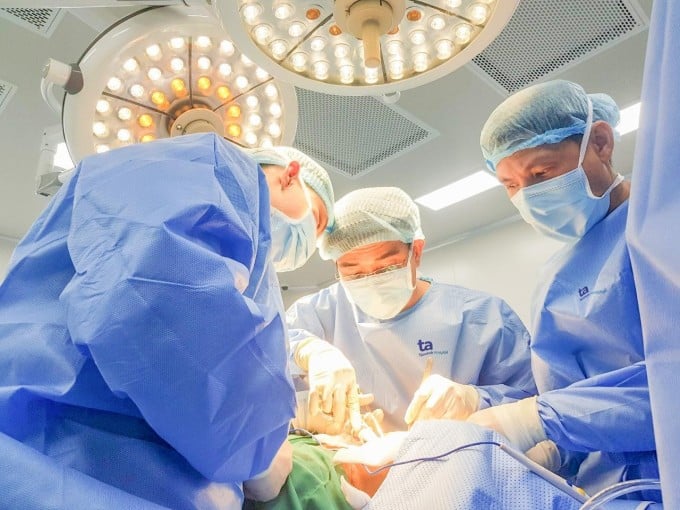
Doctor Quoc Thai (middle) during laparoscopic inguinal hernia surgery. Photo: Provided by the hospital
According to Dr. Thai, if the inguinal hernia occurs in a short time, the convenient laparoscopic surgical method is to insert the mesh completely into the peritoneum (the layer covering the inside of the abdominal wall). However, for patients with long-term hernias, this method is limited because the hernia will be stuck in the inguinal canal, the hernia is too large, making surgery difficult.
In this case, the doctor inserts the mesh through the abdomen and places it in the hernia area. The mesh is still placed in front of the peritoneum but does not come into contact with the intestine, avoiding the risk of complications due to mesh contact with the intestine such as mesh corrosion and intestinal obstruction.
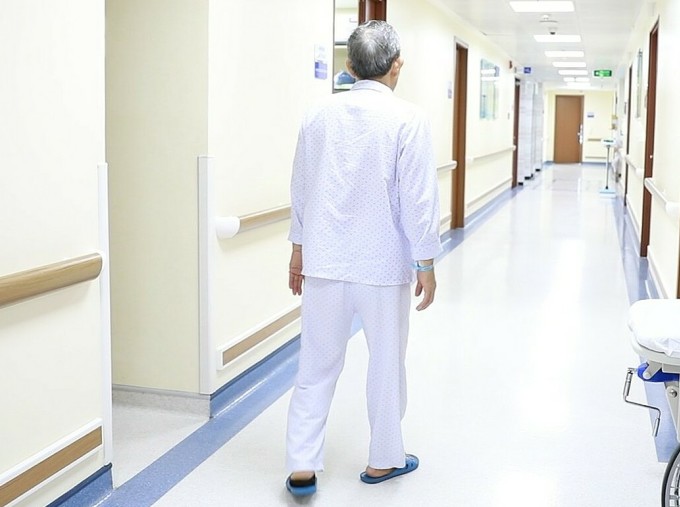
Mr. Long's health is stable after the artificial mesh is placed, he can eat and walk normally. Photo: Provided by the hospital
The doctor also used a new generation of self-adhesive artificial mesh. The surface of the mesh has small hooks that fix the tissue without the need for staples as before. Thanks to that, the patient has less pain and recovers faster.
After surgery, Mr. Long needs to rest completely and avoid physical activity to help the wound heal quickly. He needs to eat lots of vegetables and fruits and drink lots of water to prevent constipation, which increases pressure on the abdomen, and return for follow-up visits as scheduled.
Quyen Phan
* Patient's name has been changed.
Source link


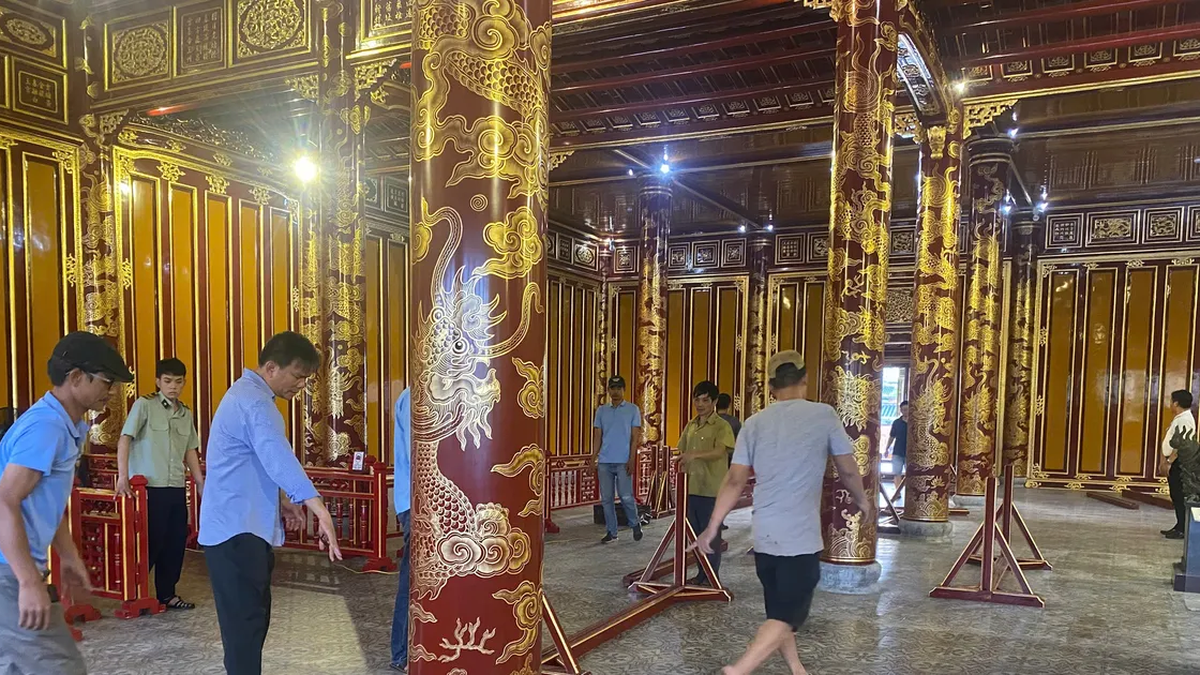

![[Video] Forecast of benchmark scores of mid-ranking universities to drop sharply](https://vphoto.vietnam.vn/thumb/1200x675/vietnam/resource/IMAGE/2025/7/18/be12c225d0724c00a7e25facc6637cb9)




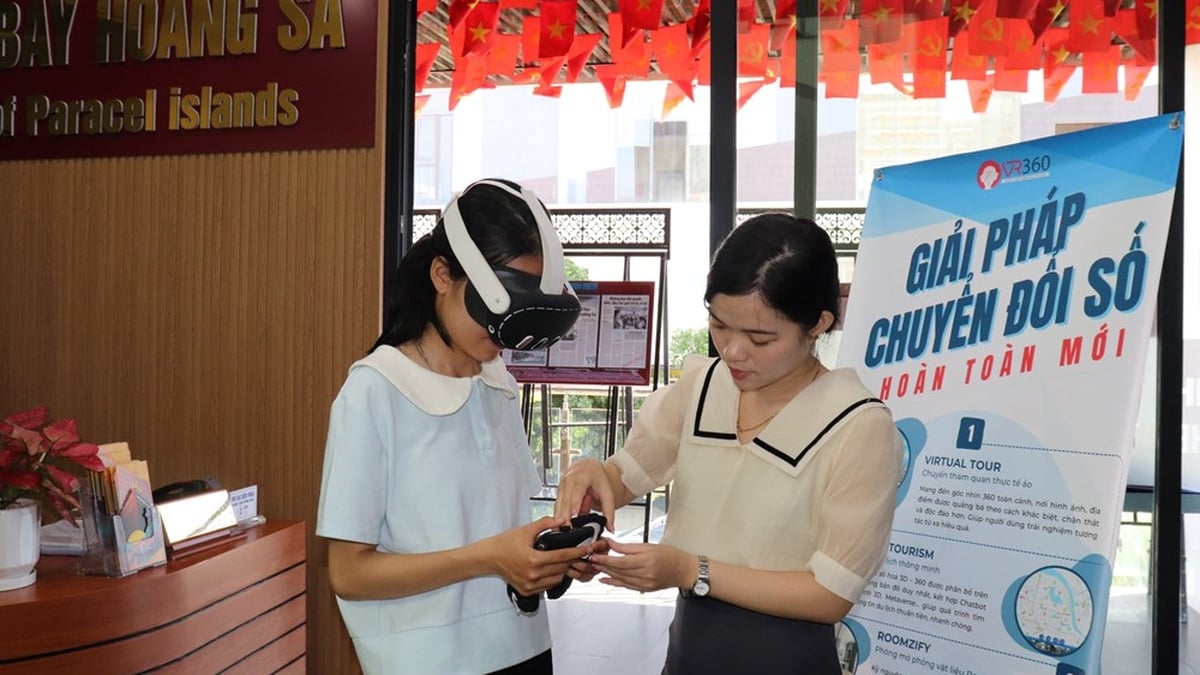












































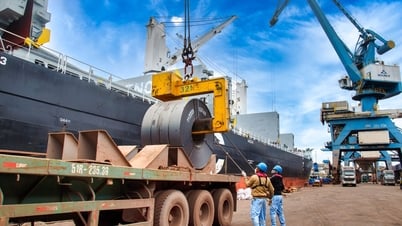
























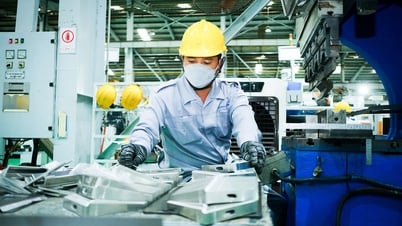















![[Infographic] In 2025, 47 products will achieve national OCOP](https://vphoto.vietnam.vn/thumb/402x226/vietnam/resource/IMAGE/2025/7/16/5d672398b0744db3ab920e05db8e5b7d)







Comment (0)